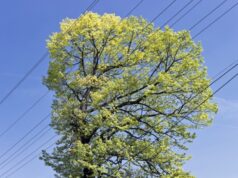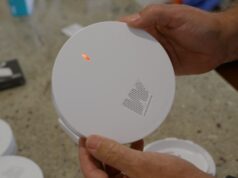
The law in Australia now requires that all homes be fitted with safety switches (also called residual current devices or RCDs). Learn more about why, and how they work.

What does the law say?
All domestic installations must have as a minimum, one safety switch in the electrical switchboard, also called a RCD (residual current device). The safety switch detects leakage of current to earth and interrupts the supply to power points. The drawing shows you where the switch is installed.
Of course there can be individual safety switches mounted in power points. The advantage is that the rest of the installation is not interrupted. Also RCDs can be mounted on power point extension boards.
All new homes must have safety switches protecting all power points. Before any electrical rewiring can be carried out on a home, a safety switch must be installed.
The laws vary slightly from state to state. See below for details.
South Australia
All new homes must have safety switches protecting all power points and lighting circuits.
Queensland
If a home has been sold after 1 September 2002, a licensed electrical contractor can only do installation work if a safety switch is being installed as part of that work or if it is an emergency.
All leased domestic residences must have safety switches on their power points.
When a house is sold without a safety switch, it must have one installed within three months.
Safety switches for lighting is not compulsory, but recommended.
New South Wales
Safety switches are only required in home built or substantially rewired after 1991.
Victoria
All new builds and homes that have electrical renovations done must have a safety switch installed.
Western Australia
Before it can be sold, a residential property must have at last two safety switches protecting the power and lighting circuits before it can be sold.
All rental properties must also have two safety switches.





